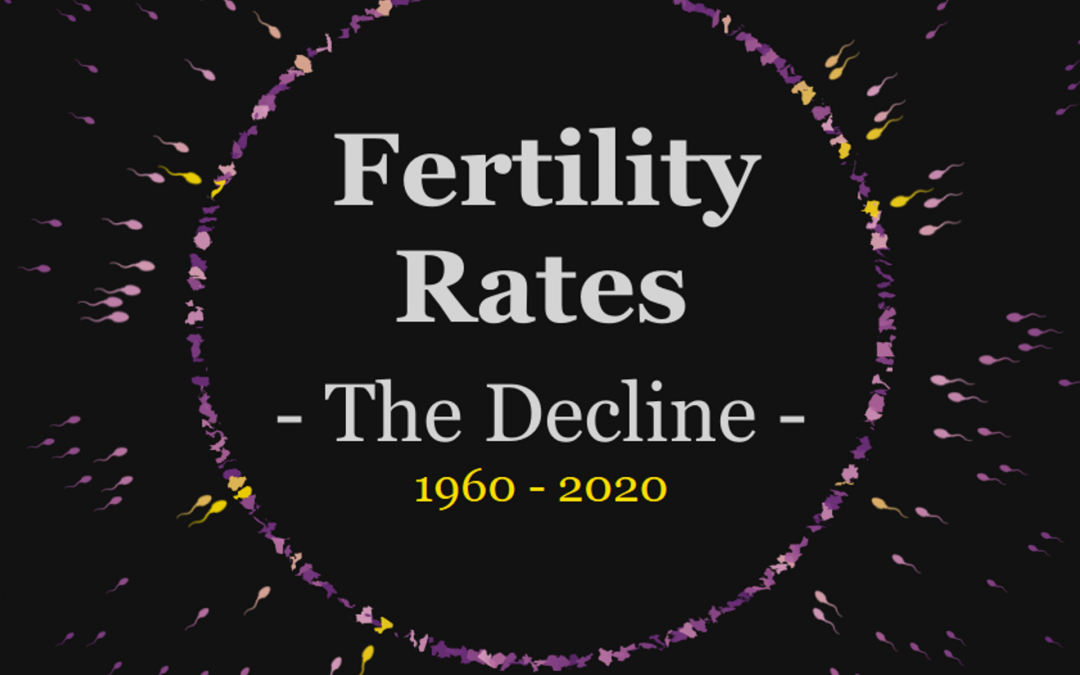
Fertility Rate: The Decline
Throughout history, women’s primary role was to be homemakers that would only perform domestic chores, raise children, and continue the bloodline. A childless woman was branded as barren, and she was frowned upon. In the Middle Ages, people called infertile women witches and followers of the Devil. Motherhood was a moral obligation.
Unfortunately, we still witness such cases in the current era, particularly in African and Middle-Eastern countries. Nafissa, a girl from Niger, is one victim of such a case. “I stopped (going to) school in order to marry,” says the young teen, “It was because of people’s mentality and their prejudices. I was married during a school break, and I became pregnant before I could return. After that, I never returned.” Nafissa now has 5 children and forced to carry out the household chores and take care of her children. How many girls in this world are like Nafissa? How could her life change if she pursued her studies and got a job?
According to World Bank data, the fertility rate was 2.6 births per woman in 2019. A value that is approximately half of what it was in 1960 (5.5). Emerging countries, on average, have greater fertility rates than prosperous countries. Women tend to give birth to fewer than three children in countries where GDP per capita is below $1,000 per year. In countries where GDP per capita is above $10,000 per year, women give birth to no more than two children. The decline in the world fertility rate can be attributed to three main factors:
1. More women are getting an education and seeking to establish their careers before—and sometimes instead of—having a family. SDG-4.3
2. Fewer childhood deaths. SDG-3.2
3. More women in the workforce. SDG-5.5
4. Access to contraception. SDG-3.7
Let’s look at one of the world’s most advanced economies South Korea which has a fertility rate of 1 in 2020. This means South Korean women have, on average, one child, and many others do not have children. The reason behind this is the involvement of women in the economy (60% – female labor force), fewer infants’ death (2.7% mortality rate of infants per 1000 live births), and women pursuing tertiary education (88.6%). On the other hand, Niger recorded the highest number of births per woman over the last years on average, Niger women gave birth to 7 children on average in 2020 with the numbers shown in the dashboard.
However, the relationship between lower fertility rates and higher GDP per capita has been controversial in the last few years. The lower the number of births, the lesser number of individuals joining the workforce, and the slower the economic growth. Would the “replacement value” for dying populations suggested by the UN of 2.1 kids per woman solve the problem? Despite all the efforts to increase fertility rates in developed countries like South Korea and Japan, having a child or not having a child is a choice.
In brief, low fertility rates are a leading economic indicator that women’s empowerment can achieve. The mentioned factors are closely linked: educated women are more likely to know about and use contraception, and contraceptives give women the option to continue their education or career instead of raising multiple children. Also, in an environment with low child mortality, women will give birth to fewer children as they ensure the survival of children.